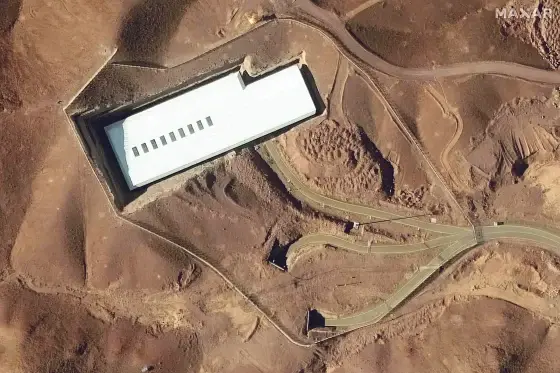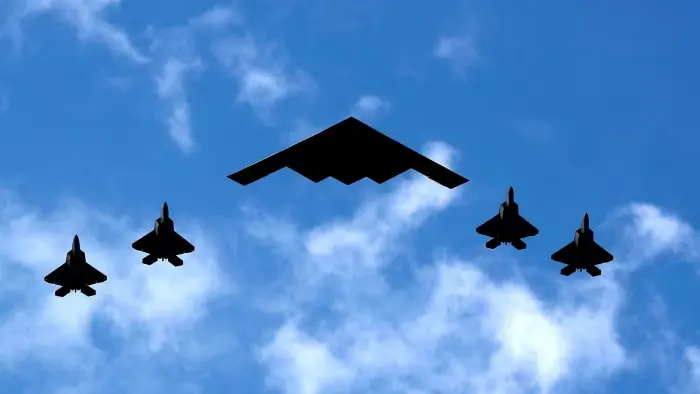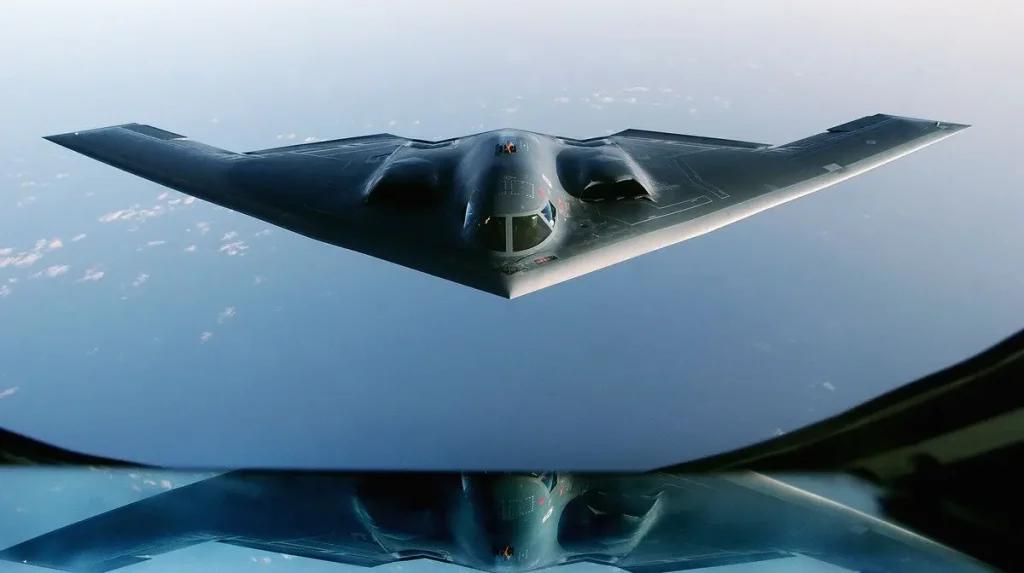U.S. Strikes Iran’s Nuclear Program
On June 21–22, 2025, President Donald Trump confirmed that U.S. forces carried out air strikes on three major Iranian nuclear facilities—Fordow, Natanz, and Isfahan—marking the first direct U.S. military strike on Iran this year.
President Trump announced on Truth Social:

“We have completed our very successful attack on the three Nuclear sites in Iran, including Fordow, Natanz, and Esfahan. All planes are now outside of Iran air space. A full payload of BOMBS was dropped on the primary site, Fordow. All planes are safely on their way home. Congratulations to our great American Warriors. There is not another military in the World that could have done this. NOW IS THE TIME FOR PEACE! Thank you for your attention to this matter.”
He emphasized the elite nature of U.S. forces and called for a peaceful resolution—while demanding Iran’s “unconditional surrender.”
Did the U.S. Just Bomb Iran?
Yes. In a significant escalation, the U.S. deployed stealth B‑2 Spirit bombers, capable of carrying GBU‑57 Massive Ordnance Penetrator (MOP) “bunker‑buster” bombs necessary to penetrate deeply buried facilities like Fordow. Trump confirmed that all aircraft had exited Iranian airspace unharmed.

Why B‑2 Bombers?

Fordow’s fortified position—inside a mountain—requires a specialized weapon system. Only the B‑2, with its 30,000‑pound GBU‑57 MOP payload, can feasibly reach it. These bombers were previously positioned at Guam, ensuring rapid-strike capability in the region.
Trump’s Oval Office Address
Shortly after the operation, Trump announced plans for an Oval Office address scheduled at 10 p.m. ET to officially explain the military action. Official statements issued via Truth Social, alongside confirmation from senior administration and Israeli officials, detailed the operation’s success.
Iran’s Immediate Response
-
Iran’s state media confirmed strikes at Fordow and Natanz but claimed the sites were evacuated prior to the attacks, and asserted no radioactive materials were present.
-
The impact includes at least 430 Iranian casualties and over 3,500 injured, according to Iranian officials.
-
Retaliation has been swift: Iran fired over 450 missiles toward Israel, with some strikes later aimed at U.S. military assets.
Strategic Context
U.S. involvement marks a pivotal shift amid escalating Israel–Iran conflict that began on June 13. Israel, lacking the necessary weapons to penetrate Fordow, urged the U.S. to act swiftly before a diplomatic window expired .
Trump initially favored diplomacy, stating he would wait two weeks. However, following intelligence briefings and Israeli pressure, he authorized strikes using advanced U.S. assets to disable Iran’s nuclear-weapon-development capability .
Domestic and International Reactions
-
Republican support: Senators Lindsey Graham and Ted Cruz praised the strikes; others, like Representative Thomas Massie, questioned the legal authority .
-
Investor concerns: Global oil prices surged, and U.S. markets experienced volatility following the announcement.
-
Regional alertness: U.S. cities deployed additional security measures, the Navy moved ships to the Gulf, and allies like the UK expressed mixed reactions .
The Risk That Follows U.S. Bombs Iran
-
Iran’s retaliation: Tehran has promised “irreparable damage” to U.S. interests should the strikes continue.
-
Strait of Hormuz: Iran may attempt to disrupt maritime traffic with mines or electronic warfare, which could significantly affect global oil supplies .
-
Escalation concerns: Military analysts warn of an unpredictable response from Iran or its allied militias, posing risk for prolonged conflict.
The U.S. bombing of Iran’s nuclear facilities marks a historic escalation, consolidating military power in coordination with Israel amid longstanding tensions and international scrutiny. With assets like the B‑2 bomber and bunker-buster bombs in action, the operation reflects U.S. commitment to halting Iran’s nuclear-capable infrastructure—while the region braces for Iran’s next move.


